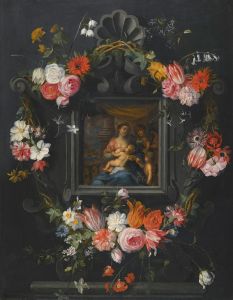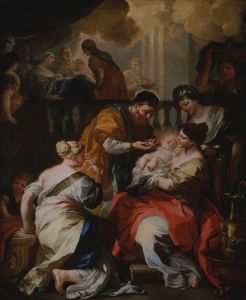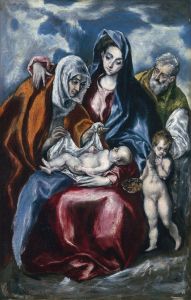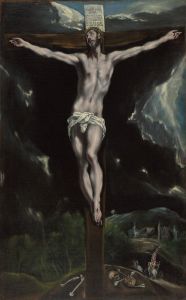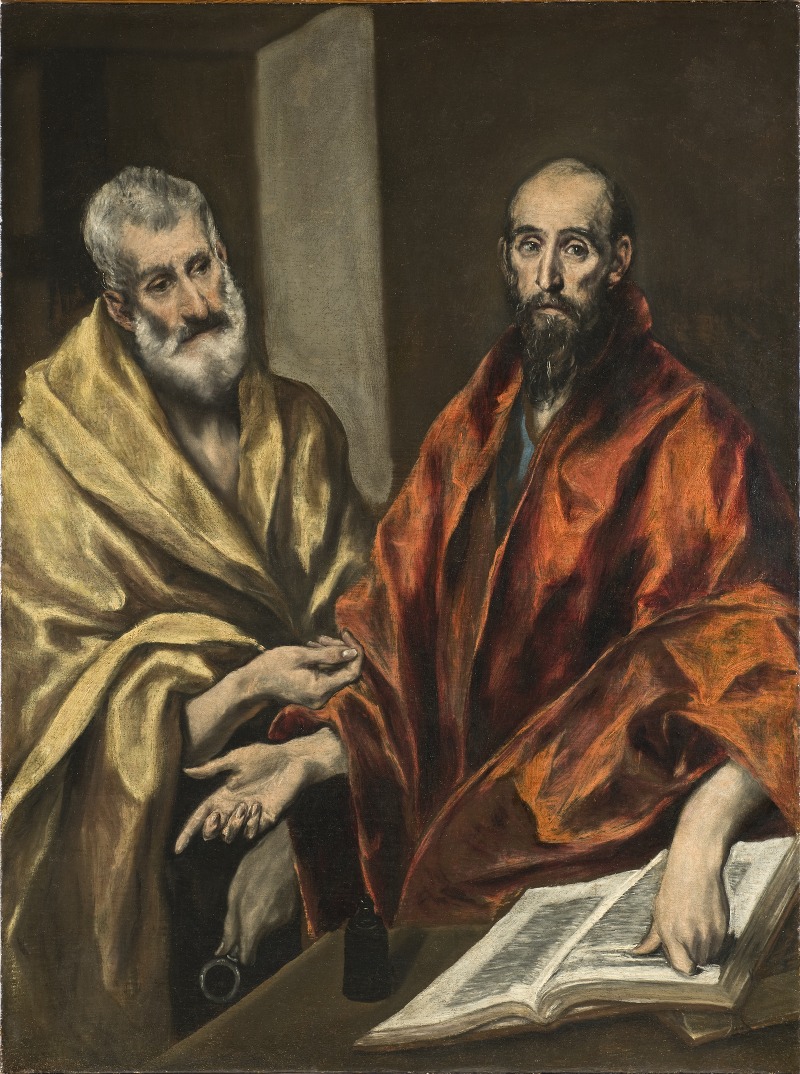
St Peter and St Paul
A hand-painted replica of El Greco (Domenikos Theotokopoulos)’s masterpiece St Peter and St Paul, meticulously crafted by professional artists to capture the true essence of the original. Each piece is created with museum-quality canvas and rare mineral pigments, carefully painted by experienced artists with delicate brushstrokes and rich, layered colors to perfectly recreate the texture of the original artwork. Unlike machine-printed reproductions, this hand-painted version brings the painting to life, infused with the artist’s emotions and skill in every stroke. Whether for personal collection or home decoration, it instantly elevates the artistic atmosphere of any space.
"St Peter and St Paul" is a renowned painting by the Greek-born Spanish artist El Greco, whose real name was Domenikos Theotokopoulos. Created around 1590-1600, this artwork is a significant example of El Greco's mature style, characterized by elongated figures, dramatic use of color, and expressive emotional content. El Greco was a prominent figure of the Spanish Renaissance, and his work is noted for its unique blend of Byzantine traditions with Western painting techniques.
The painting depicts two of Christianity's most important apostles, St. Peter and St. Paul, who are often considered the foundational pillars of the Christian Church. St. Peter is traditionally recognized as the first pope and the leader of the apostles, while St. Paul is known for his missionary journeys and extensive writings in the New Testament. In El Greco's depiction, the two saints are shown in a moment of intense interaction, which is emblematic of their theological and spiritual significance.
El Greco's portrayal of the saints is marked by his distinctive style. The figures are elongated and rendered with a sense of movement and dynamism. St. Peter is typically shown with a key, symbolizing his role as the keeper of the keys to Heaven, while St. Paul is often depicted with a book or a sword, representing his epistles and his martyrdom. In this painting, El Greco captures the spiritual intensity and the deep emotional connection between the two figures, emphasizing their roles as both leaders and martyrs of the early Church.
The use of color in "St Peter and St Paul" is particularly striking. El Greco employs a vivid palette, with rich reds, blues, and yellows that create a sense of depth and vibrancy. The background is often kept simple, focusing the viewer's attention on the figures themselves. This use of color and composition is characteristic of El Greco's work, which often sought to convey spiritual themes through dramatic visual means.
El Greco's work was not fully appreciated during his lifetime, as his style was considered unconventional compared to the prevailing artistic norms of the time. However, his paintings have since gained recognition for their originality and emotional power. "St Peter and St Paul" exemplifies El Greco's ability to convey complex theological ideas through his art, and it remains a significant piece within his oeuvre.
The painting is housed in the Museo Nacional del Prado in Madrid, Spain, which holds one of the most comprehensive collections of El Greco's work. The Prado Museum is renowned for its extensive collection of European art, and El Greco's paintings are among its highlights, offering insight into the artist's unique vision and his contribution to the development of Western art.
In summary, "St Peter and St Paul" by El Greco is a masterful representation of two pivotal figures in Christian history, rendered with the artist's characteristic style and emotional depth. The painting stands as a testament to El Greco's innovative approach to religious art and his enduring legacy in the history of art.





